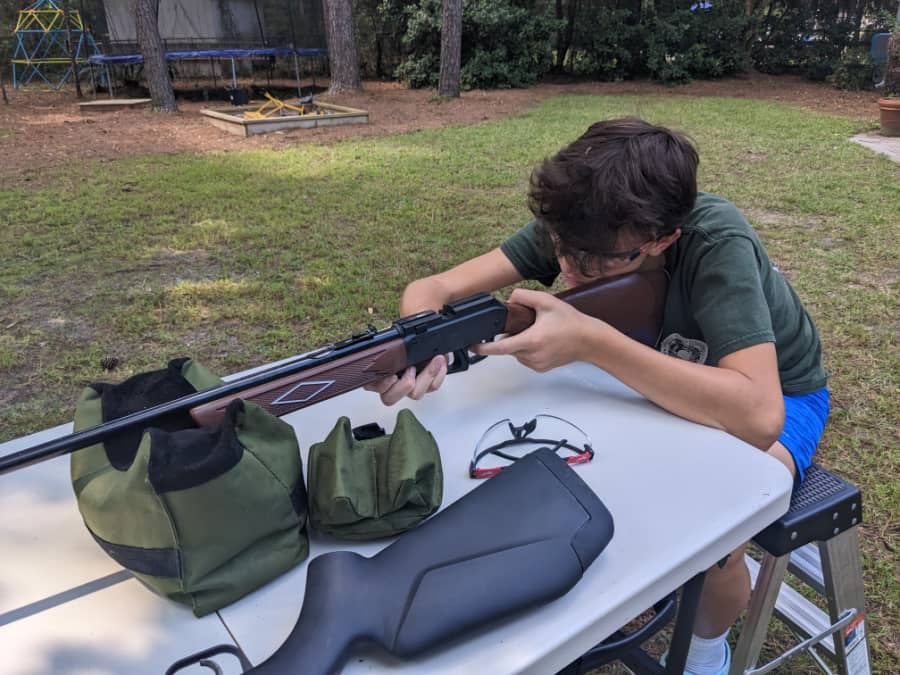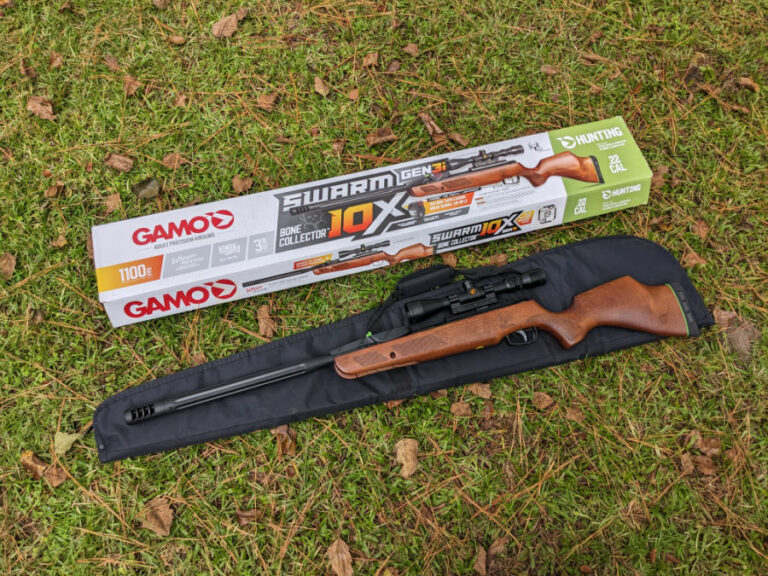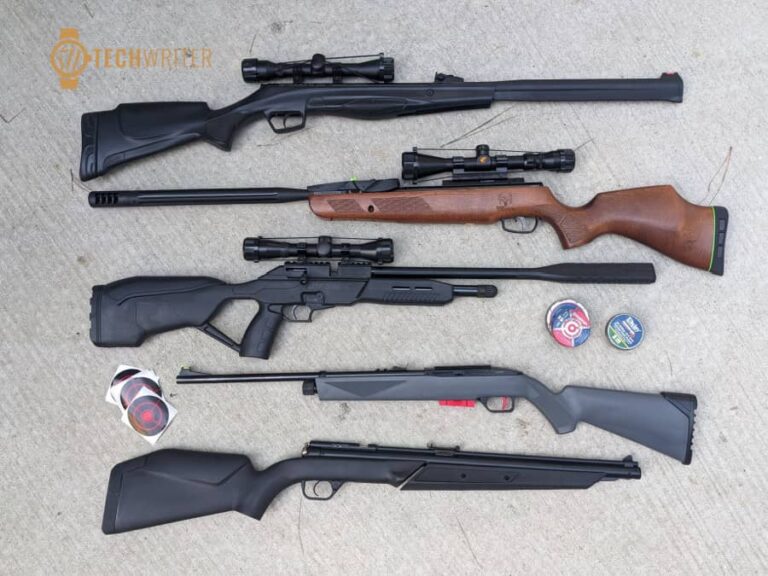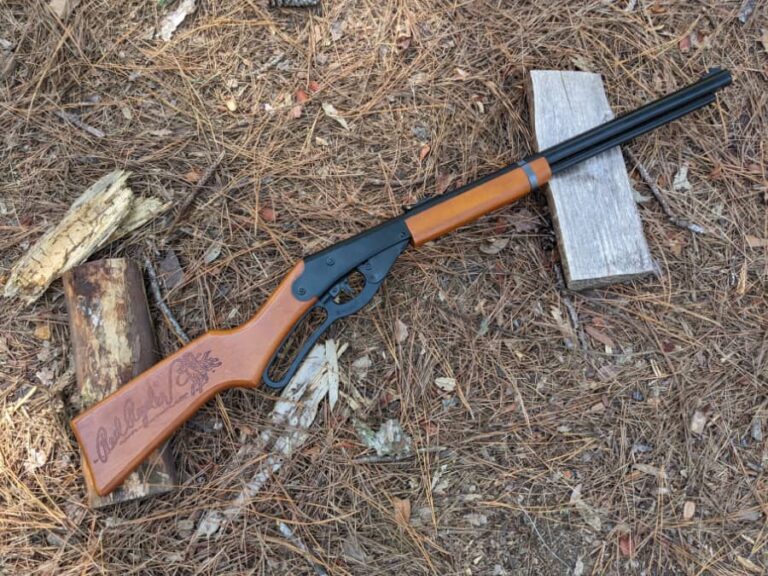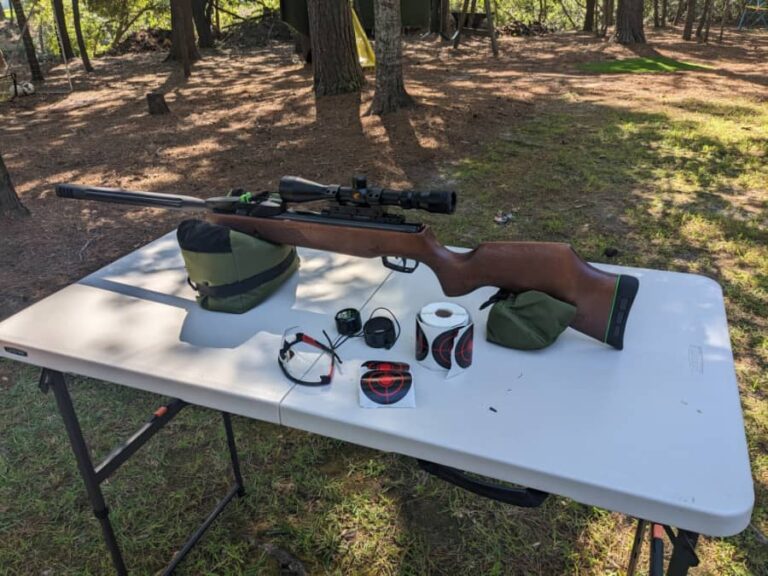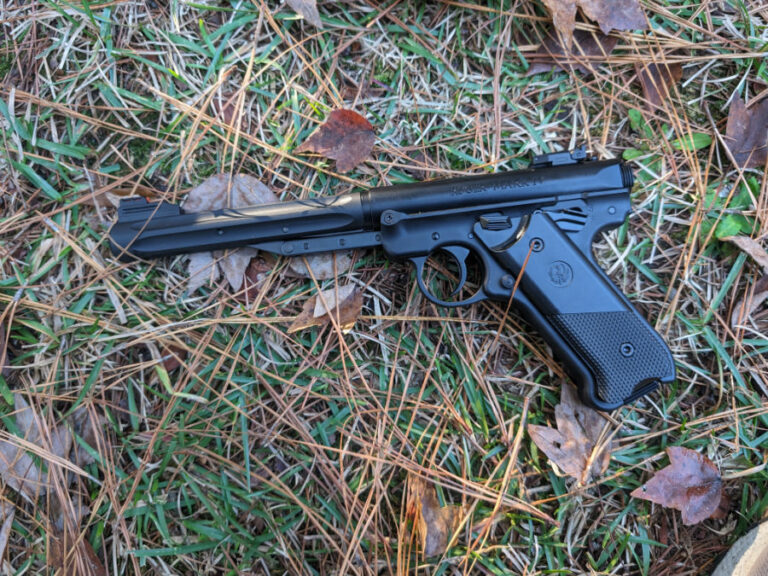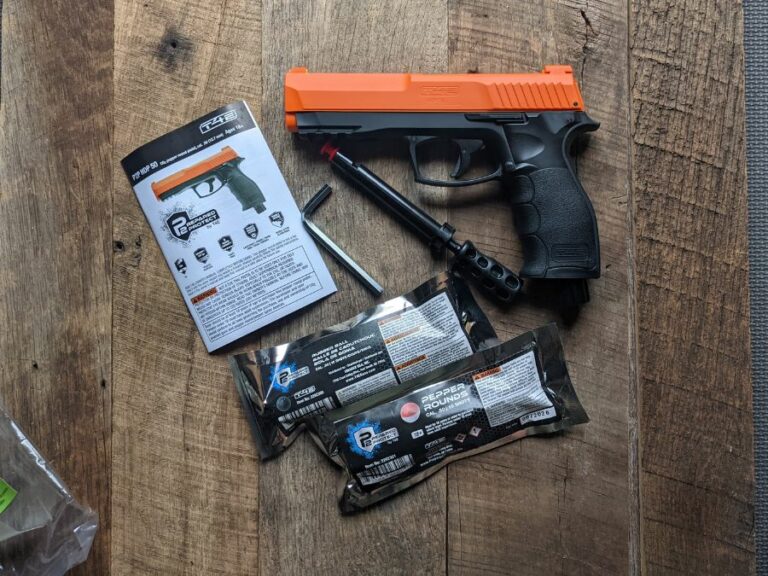Mastering Air Gun Safety: Essential Tips and Guidelines
If you are a fan of air guns, you understand the excitement and fun that comes with shooting. Whether you enjoy target shooting or air gun hunting, it’s crucial to prioritize safety. Air guns can be dangerous if not handled properly, leading to severe injuries and accidents. Therefore, it’s essential to understand air gun safety measures to prevent these potential hazards.
In this article, we provide essential tips and guidelines to help you master air gun safety. From understanding different types of air guns to practicing safe shooting and storage practices, we cover everything you need to know about air gun safety. Let’s dive in!
Key Takeaways
- Understanding air gun safety is crucial to prevent accidents and injuries.
- Proper usage and maintenance of air guns is necessary for optimal safety.
- Investing in high-quality safety gear and creating designated shooting zones can prevent potential hazards.
- Adult supervision, secure storage, and proper education can protect children from air gun misuse.
- Air gun safety courses and training can enhance your knowledge and expertise in air gun safety.
Understanding Air Gun Types and Safety Mechanisms
Air guns come in various types, such as pellet guns, BB guns, air rifles, and air pistols. Each type requires specific safety measures and handling techniques to ensure safe usage.
Pellet Gun Safety Guidelines
Pellet guns use pellets made of lead or alloy as ammunition. When handling pellet guns, it is essential to follow these safety guidelines:
- Always point the gun in a safe direction away from people and animals
- Never pull the trigger unless you intend to shoot
- Use appropriate pellets based on the gun’s caliber and manufacturer’s guidelines
BB Gun Safety Precautions
BB guns use steel balls as ammunition, and they have distinct safety features that users must follow to avoid accidents. When handling BB guns, you must:
- Ensure that the gun is unloaded before carrying or storing it
- Use appropriate BBs based on the gun’s caliber and manufacturer’s guidelines
- Store ammunition away from the gun in a secure location
Air Rifle Handling
Air rifles use compressed air to propel pellets, and they have distinct safety mechanisms to prevent accidental firing. When handling air rifles, users should:
- Keep the gun unloaded when not in use
- Only use pellets recommended by the gun’s manufacturer
- Never alter or modify the gun’s safety mechanisms
Air Pistol Safety Measures
Air pistols are similar to air rifles, but they have a shorter barrel and are designed for close-range shooting. To ensure safe usage, air pistol users should:
- Keep the gun unloaded until ready to use
- Use recommended pellets and never exceed the manufacturer’s stated velocity or pressure limits
- Avoid pointing the gun at anything you do not intend to shoot
CO2 Cartridge Handling
CO2 cartridges are commonly used to power air guns and require special handling procedures. Users should:
- Check the cartridge for damage before use
- Ensure that the cartridge is securely inserted and tightened into the gun
- Store unused cartridges in a cool, dry location away from heat and direct sunlight
By following these guidelines, air gun users can ensure safe and responsible usage of their air guns.
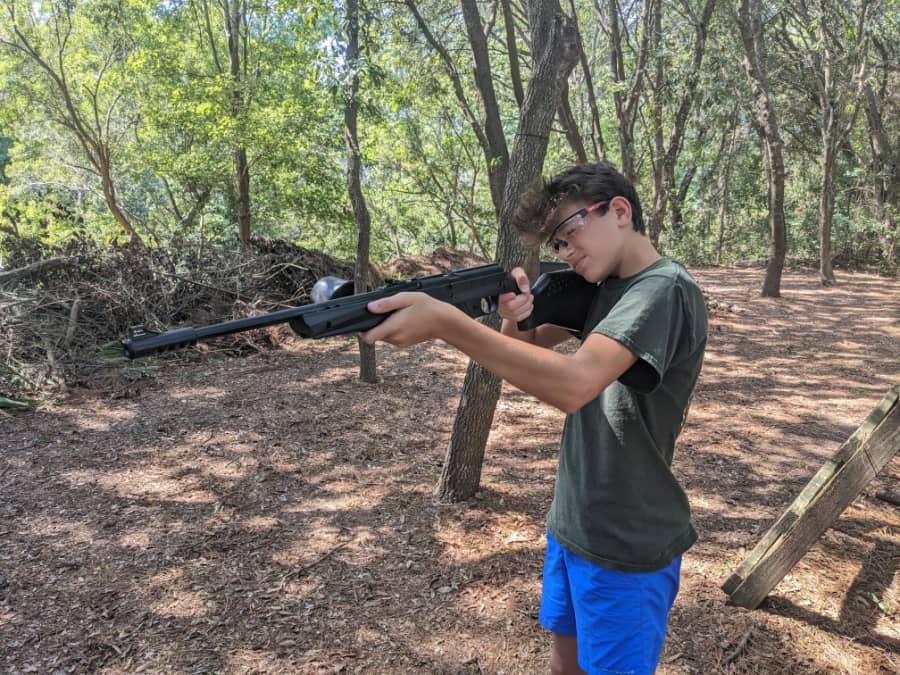
Essential Safety Gear for Air Gun Use
When it comes to air gun use, investing in appropriate safety gear is essential for protecting yourself and others from potential hazards. One of the most critical pieces of safety gear for shooting is protective eyewear designed explicitly for shooting activities.
With air guns, there is always the risk of projectiles bouncing off surfaces or ricocheting. Without proper eyewear, shooters are at risk for eye injuries, which can range from minor scratches to severe damage or even blindness.
High-quality protective eyewear for shooting is designed to provide clear visibility while ensuring maximum protection against potential hazards. Look for eyewear made from durable materials that are impact-resistant and colored to reduce glare. It is also important to select eyewear that fits properly, providing a snug and comfortable fit that minimizes the risk of slippage or gaps.
Aside from protective eyewear, other types of safety gear can help promote safety during air gun use, such as hearing protection, gloves, and appropriate clothing. Remember, the key is to prioritize safety while using air guns to minimize the risk of accidents and achieve optimal results.
Creating Safe Shooting Zones
Creating a safe shooting zone is crucial for both novice and expert air gun users. Shooting zones can be set up anywhere, including your backyard or an outdoor shooting range, as long as safety measures are taken to ensure a secure environment for the user and those around them.
To establish a safe shooting zone, the user must follow certain rules and guidelines. Ensure that the shooting range has a proper backstop that can effectively block any pellets or BBs from ricocheting and causing harm. The backstop must be composed of a dense material, such as sand or metal, and be large enough to catch all stray projectiles.
The shooting range should be free from any flammable materials, and the user should avoid shooting during windy conditions. Depending on where you set up your shooting range, you may have unique environmental factors to consider. For example, an outdoor shooting range situated in a densely populated area would require additional precautions to ensure the safety of the surrounding community.
When setting up a shooting range in your backyard, ensure that the shooting area is in a location that is isolated from the rest of the property and away from any high traffic areas. The chosen location must be large enough to accommodate the shooting range and provide enough space for the shooter to move around safely.
It is essential to have a designated area to store air guns and ammunition when not in use. The storage area for air guns should be locked, and the ammunition should be in a separate, secured location. This ensures that children or unauthorized users cannot access the air guns or ammunition without adult supervision.
Finally, before beginning any shooting activities, it is crucial to assess the shooting zone adequately. Ensure that there are no people or animals in your shooting range, and that all air guns are in proper working condition and safely loaded. It’s also important to maintain a safe distance from any other shooters in the area to avoid potential accidents.
Child Safety and Air Guns
When it comes to air gun use, child safety is of utmost importance. It is crucial to provide proper education and supervision for children to ensure safe handling practices. Additionally, secure storage practices can prevent unauthorized access by children, reducing the risk of accidents.
Adult supervision is essential when children are handling air guns. Before allowing children to use air guns, teach them how to properly operate and handle the gun. This includes demonstrating how to load and unload pellets or BBs, how to aim and shoot, and how to safely handle CO2 cartridges if necessary. Always supervise children during use, and never leave them unsupervised.
Proper storage of air guns is equally important to prevent unauthorized access by children. Store air guns and ammunition separately, and in a secure and locked location. This can include a locked cabinet, safe, or storage box. Ensure that the storage location is out of reach of children.
Teaching children about the potential dangers of air gun misuse is also essential for their safety. Explain the importance of following safety guidelines and using air guns responsibly. Encourage open communication and answer any questions they may have regarding air gun safety.
By prioritizing child safety and following proper safety guidelines, the risk of accidents can be greatly reduced, and children can safely enjoy the benefits of air gun use under responsible adult supervision.
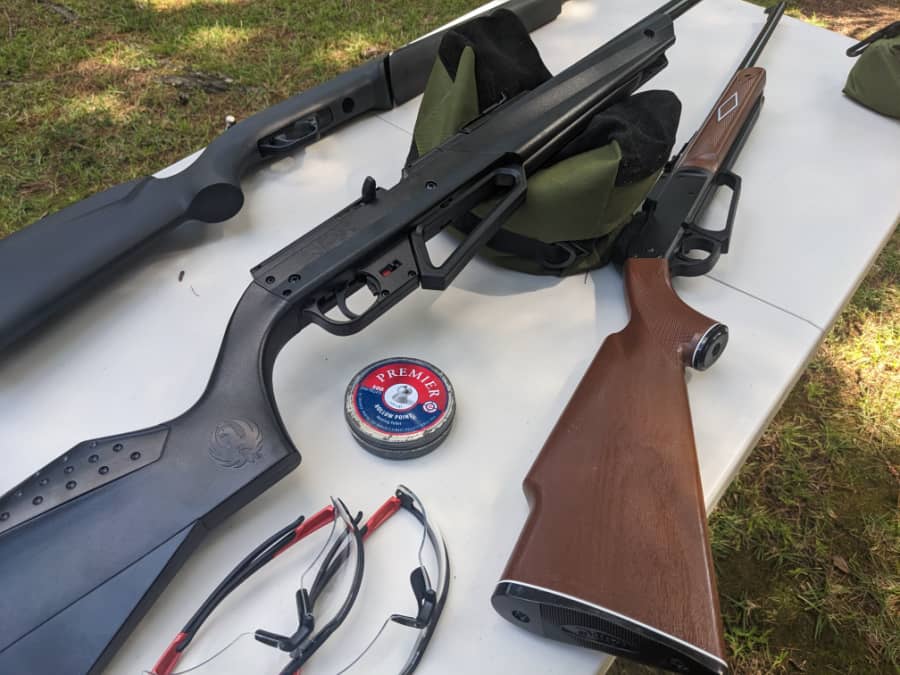
Air Gun Safety Courses and Training
Enrolling in air gun safety courses and training programs can significantly enhance your understanding of air gun safety. While you may have some basic knowledge, attending a certified course will help you master all the essential guidelines and regulations. These courses cover the proper usage of air guns and provide in-depth instruction on handling, cleaning, and storage of air guns.
In air gun safety courses, you’ll learn about different types of air guns, including pellet guns, BB guns, air rifles, and air pistols. You’ll also learn how each type of air gun works and their specific safety mechanisms. Additionally, the courses provide guidance on how to handle CO2 cartridges and how to load pellets or BBs safely.
One of the main benefits of attending an air gun safety course is that it’s the best way to learn how to use air guns responsibly. You’ll get to practice with a trained instructor who will correct your mistakes and teach you the right techniques. You’ll also learn how to identify and avoid potential hazards associated with air gun usage.
There are numerous resources online where you can find reputable and certified air gun safety courses. Many shooting ranges and sports clubs offer safety training programs for air gun enthusiasts as well. It’s essential to ensure that the course you choose is accredited and that the instructors have relevant experience and qualifications.
Investing your time and energy in an air gun safety course can provide a wealth of benefits that extend beyond mere safety. You’ll get to hone your shooting skills and enhance your overall enjoyment of shooting activities. What’s more, you’ll be a responsible gun owner who follows all the relevant regulations, ensuring that you comply with all the applicable laws and requirements.
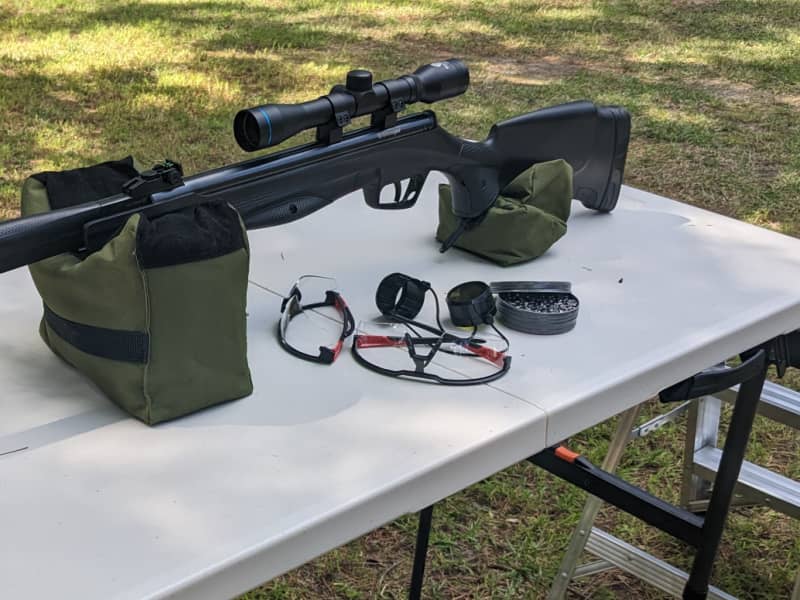
Proper Air Gun Maintenance and Storage
Proper air gun maintenance and storage are crucial for preserving the longevity of your air gun as well as ensuring the safety of those around you. Here are some guidelines to follow:
Air Gun Maintenance Safety
Regularly clean and inspect your air gun to ensure it is functioning optimally. Use only manufacturer-recommended cleaning products and techniques. Always ensure your air gun is unloaded before performing any maintenance activities.
When conducting routine maintenance, wear appropriate protective gear, including eye and ear protection. Never disassemble or modify your air gun unless you are a certified professional.
Safe Airgun Storage
Store your air gun in a secure location that is inaccessible to children and unauthorized persons. Use a locking cabinet or gun safe, and separate the ammunition from the gun when storing.
Ensure your air gun is unloaded before storing it. Store pellets in a cool, dry place away from direct sunlight to prevent deterioration. Dispose of old or damaged pellets properly to prevent accidents and maintain safety.
Avoiding Potential Hazards: Ricochets and Safety Precautions
Although air guns are generally considered safe, there are potential hazards associated with their use. One of the most significant risks is the possibility of ricochets. Ricochets occur when a pellet or BB bounces off a surface, potentially striking unintended targets. To avoid this hazard, it is essential to follow certain safety precautions.
First, it is crucial to select appropriate targets that will not cause undue harm if struck. Targets should be made of porous materials that will absorb the pellets or BBs, reducing the chance of ricochets. Hard surfaces such as rocks, metal, or concrete should be avoided.
Additionally, always make sure that the shooting area is clear of people or pets, and that you have a secure backstop behind your target. A backstop is a material that will absorb any pellets or BBs that miss the target, preventing them from bouncing off into unintended areas.
Airgun Safety Checklist
Below are some key safety precautions to keep in mind when using an air gun:
- Always assume that an air gun is loaded and keep it pointed in a safe direction.
- Never shoot at hard surfaces or water, as these can result in ricochets.
- Wear protective eyewear designed for air gun use to guard against any potential eye injuries.
- Never point an air gun at another person or animal, regardless of whether it is loaded or not.
- Make sure that children are not allowed to use an air gun without adult supervision, and that they understand the proper safety procedures.
- Dispose of pellets or BBs in a safe manner to prevent accidents.
- Store air guns in a secure and locked location to prevent unauthorized access.
- Regularly clean and maintain air guns to ensure their proper functioning.
By following these safety tips and guidelines, air gun users can enjoy their hobby while minimizing any potential hazards. Remember to prioritize safety and responsibility in all aspects of air gun use to ensure a secure environment for yourself and those around you.
Air Gun Hunting Safety Guidelines
When engaging in air gun hunting activities, it’s essential to prioritize safety at all times. Here are some important guidelines to follow:
- Target Selection: Always choose a safe and responsible target. Avoid shooting at animals that are too small, too close, or in a location where the bullet might ricochet.
- Range Estimation: Accurately judge the distance to your target to ensure you can hit it without endangering others or damaging property.
- Proper Handling: Always handle your air gun responsibly, following the guidelines for safe usage and storage. Always keep your finger off the trigger until ready to shoot and never point your gun at anything you don’t intend to shoot.
- Compliance with Local Laws and Regulations: Be sure to follow all laws and regulations regarding air gun hunting in your area. Always obtain necessary permissions and licenses before hunting.
- Ethical Hunting: Always prioritize the humane treatment of animals. Use appropriate equipment and techniques to ensure a quick and ethical kill.
By following these guidelines and prioritizing safety, you can enjoy air gun hunting activities while minimizing risks to yourself and others.
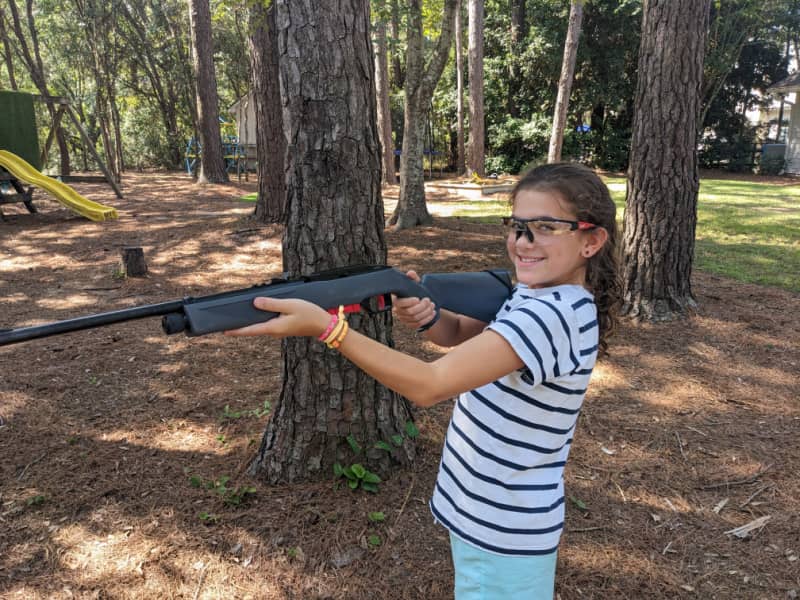
Mastering air gun safety is essential to ensure a secure and enjoyable shooting experience. By following the guidelines and tips provided in this article, air gun users can minimize risks and prioritize safety both at home and outdoors.
Takeaway Points
- Understanding the types of air guns and their safety mechanisms is crucial for safe handling.
- Investing in appropriate safety gear, such as protective eyewear, can prevent potential hazards.
- Creating designated shooting zones and practicing child safety measures are important for a secure environment.
- Air gun safety courses and training programs can provide proper education and certification.
- Maintaining air guns regularly and storing them safely can ensure their proper functioning.
- Preventing ricochets and following air gun hunting safety guidelines are crucial for safe hunting practices.
By implementing these safety measures, air gun users can confidently enjoy their hobby while preventing accidents and ensuring a secure environment for everyone involved.
FAQ
Q: What is the importance of air gun safety?
A: Air gun safety is crucial to prevent accidents and ensure the well-being of yourself and others. Proper safety measures help minimize the risk of injuries and promote responsible use of air guns.
Q: What types of air guns are there?
A: There are various types of air guns, including pellet guns, BB guns, air rifles, and air pistols. Each type has its specific safety mechanisms and handling guidelines that users should be aware of.
Q: What safety gear is essential when using air guns?
A: It is crucial to use appropriate safety gear when using air guns. Protective eyewear designed for shooting activities is highly recommended to safeguard the eyes from potential hazards.
Q: How can I create a safe shooting zone for air gun use?
A: To create a safe shooting zone, designate a specific area in your backyard or outdoor space for shooting activities. Consider factors such as proper backdrops, target placement, and ensuring a safe environment for shooting.
Q: How can I ensure child safety when it comes to air guns?
A: Child safety is paramount when it comes to air guns. Adult supervision, educating children on proper air gun handling, and secure storage practices to prevent unauthorized access are essential to ensure child safety.
Q: Are there air gun safety courses available?
A: Yes, there are air gun safety courses and training programs available. Enrolling in these courses provides valuable education on air gun safety from certified instructors and organizations.
Q: What are the recommended practices for air gun maintenance and storage?
A: Proper air gun maintenance involves regular cleaning and inspection to ensure proper functioning. Safe storage practices include securely storing air guns and properly disposing of pellets to maintain safety.
Q: How can I avoid potential hazards such as ricochets?
A: To avoid potential hazards like ricochets, follow safety precautions such as using appropriate backstops, ensuring safe shooting angles, and practicing responsible air gun use. Refer to the airgun safety checklist for additional guidance.
Q: What safety guidelines should I follow for air gun hunting?
A: Air gun hunting safety guidelines include selecting appropriate targets, estimating ranges accurately, and handling air guns safely during hunting activities. It is essential to follow local laws, regulations, and ethical standards when hunting with air guns.

Alan Dale is an experienced backpacker and adventure sports athlete who pays the bills by writing. Married with a small brood, Alan often has his kids in tow on many of his adventures. You can visit Alan here: https://siralandale.com/

